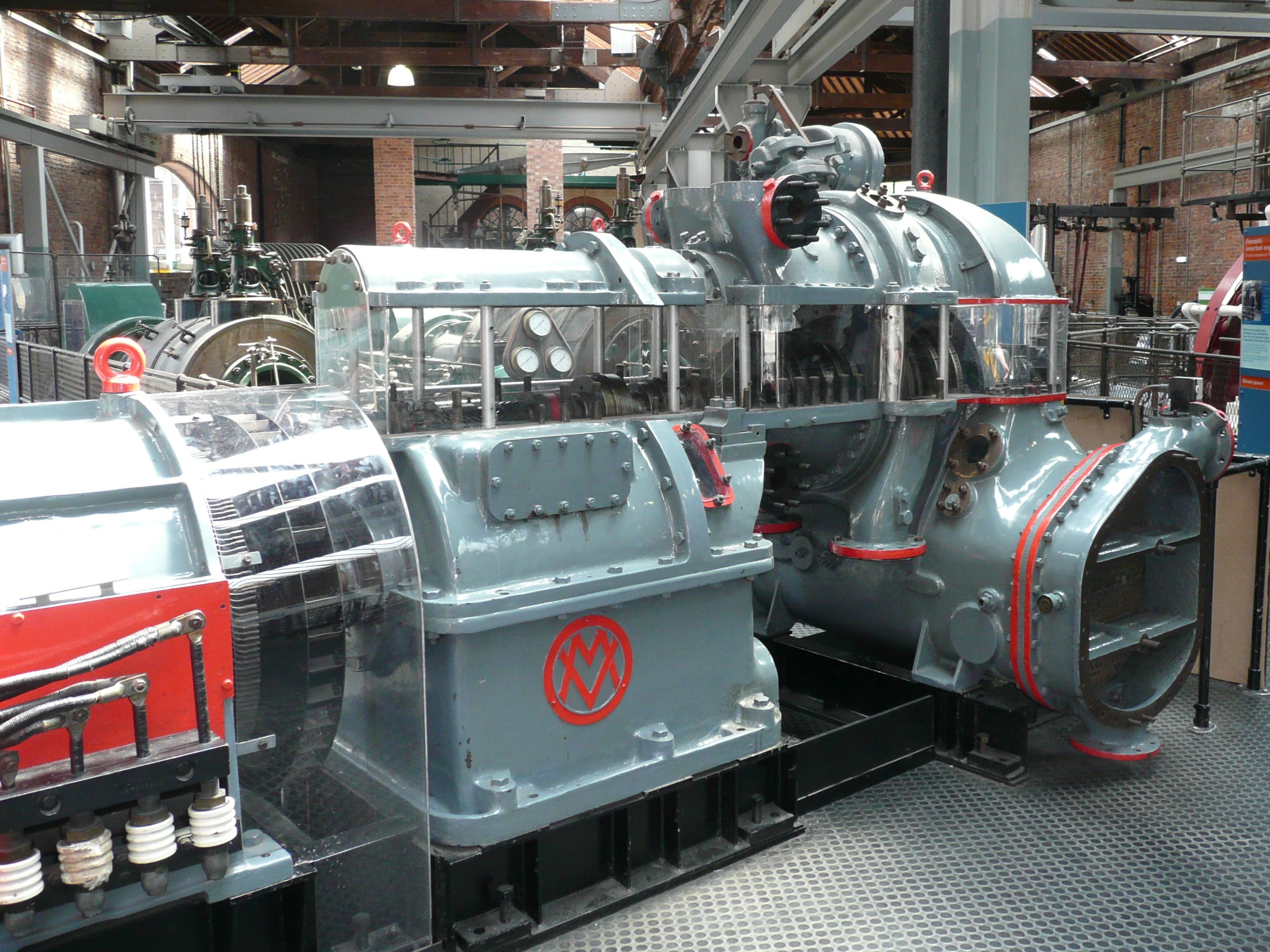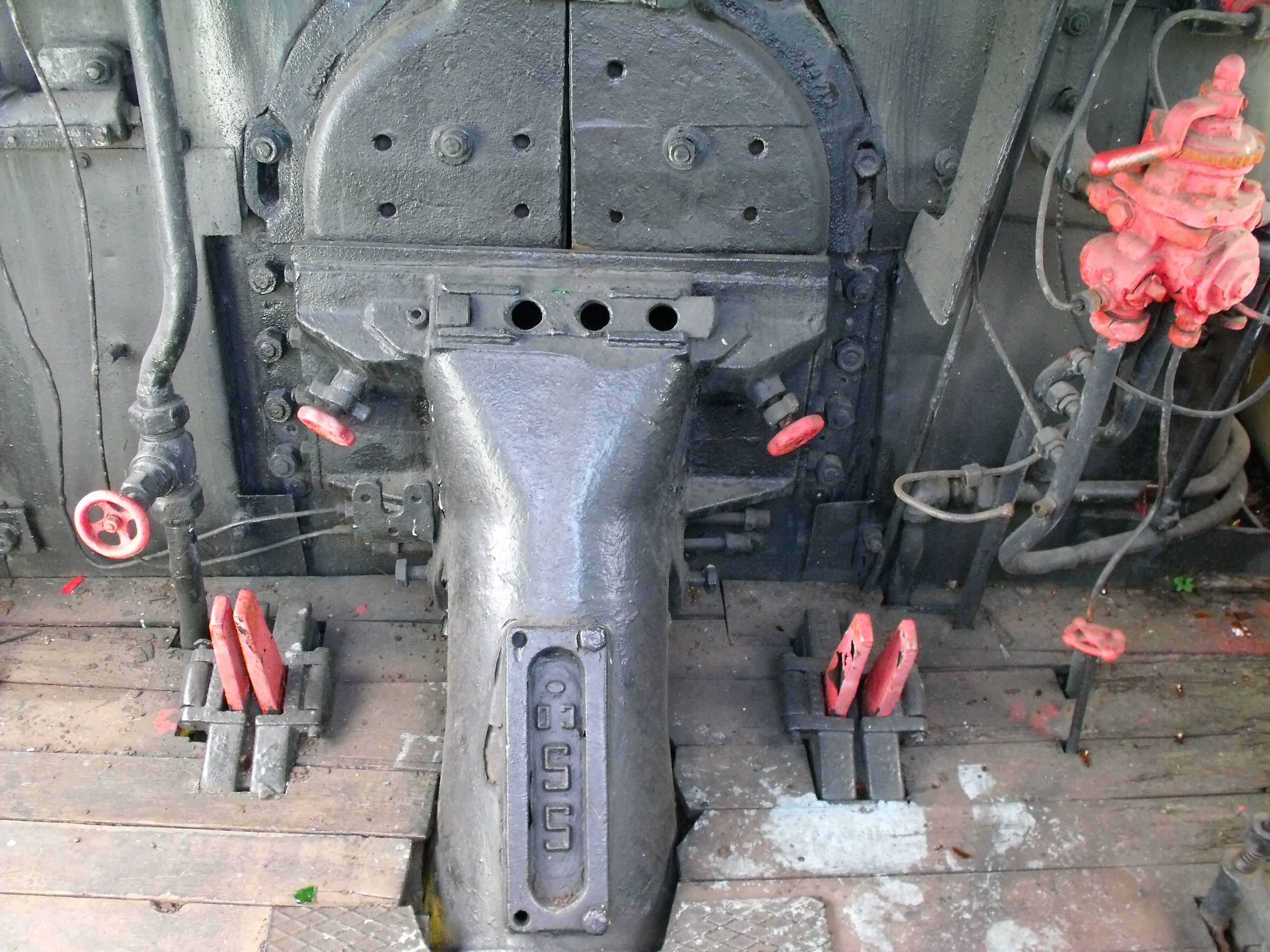|
Geelong Power Station
The city of Geelong, Victoria (Australia), Victoria, Australia was once home to two coal-fired power stations - Geelong A and Geelong B. The first moves to provide an electricity supply to Geelong were made in 1898, with three separate companies vying for the right to operate in the city. Two of these companies merged to form the Electric Lighting and Traction Company of Australia, which built the Geelong A power station. The company was later taken over by the Melbourne Electric Supply Company, which remained the supplier of electricity to Geelong until 1 September 1930, when the company was purchased by the State Electricity Commission of Victoria. In 1936, Geelong was connected to the state electrical grid and, by the 1960s, Geelong A had closed. Geelong B remained for a few more years, being used for peak loads only, but closed in 1970 due to the much higher efficiency of new power stations in Victoria's Latrobe Valley. Geelong A The Geelong A power station was on the cor ... [...More Info...] [...Related Items...] OR: [Wikipedia] [Google] [Baidu] |
Geelong A Power Station, 1948
Geelong ( ) (Wathawurrung language, Wathawurrung: ''Djilang''/''Djalang'') is a port city in Victoria, Australia, located at the eastern end of Corio Bay (the smaller western portion of Port Phillip Bay) and the left bank of Barwon River (Victoria), Barwon River, about southwest of Melbourne. With an estimated population of 282,809 in 2023, Geelong is the second-largest city in the state of Victoria. It is the administrative centre for the City of Greater Geelong municipality, which is Port Phillip's only regional metropolitan area, and covers all the urban, rural and coastal reserves around the city including the entire Bellarine Peninsula and running from the plains of Lara, Victoria, Lara in the north to the rolling hills of Waurn Ponds to the south, with Corio Bay to the east and the Barrabool Hills to the west. The traditional owners of the land on which Geelong sits are the Wadawurrung (also known as Wathaurong) Indigenous Australians, Aboriginal people of the Kulin natio ... [...More Info...] [...Related Items...] OR: [Wikipedia] [Google] [Baidu] |
Chimney
A chimney is an architectural ventilation structure made of masonry, clay or metal that isolates hot toxic exhaust gases or smoke produced by a boiler, stove, furnace, incinerator, or fireplace from human living areas. Chimneys are typically vertical, or as near as possible to vertical, to ensure that the gases flow smoothly, drawing air into the combustion in what is known as the stack, or chimney effect. The space inside a chimney is called the '' flue''. Chimneys are adjacent to large industrial refineries, fossil fuel combustion facilities or part of buildings, steam locomotives and ships. In the United States, the term '' smokestack industry'' refers to the environmental impacts of burning fossil fuels by industrial society, including the electric industry during its earliest history. The term ''smokestack'' (colloquially, ''stack'') is also used when referring to locomotive chimneys or ship chimneys, and the term ''funnel'' can also be used. The height of a chim ... [...More Info...] [...Related Items...] OR: [Wikipedia] [Google] [Baidu] |
Cascade Converter
A cascade converter is a type of motor-generator which was patented in 1902 by J. L. la Cour and O. S. Bragstad. It consists of an induction motor driving a dynamo through a shaft. In addition, the rotor of the induction motor is electrically connected to the armature of the dynamo. When the machine is running, half the power is transmitted mechanically through the shaft while the other half is transmitted electrically. The advantage of this arrangement is that the machine can be smaller than a conventional motor-generator of the same power. The British manufacturing rights for the cascade converter were held by Bruce Peebles & Co. Ltd. of Edinburgh. Sources * ''The Electrical Year Book 1937,'' published by Emmott and Company Limited, Manchester, England, pp 105-106 See also * Rotary converter * Rotary phase converter A rotary phase converter, abbreviated RPC, is an electrical machine that converts power from one polyphase system to another, converting through rotar ... [...More Info...] [...Related Items...] OR: [Wikipedia] [Google] [Baidu] |
Metropolitan-Vickers
Metropolitan-Vickers, Metrovick, or Metrovicks, was a British heavy electrical engineering company of the early-to-mid 20th century formerly known as British Westinghouse. Highly diversified, it was particularly well known for its industrial electrical equipment such as Electrical generator, generators, steam turbines, switchgear, transformers, electronics and railway traction equipment. Metrovick holds a place in history as the builders of the first commercial transistor computer, the Metrovick 950, and the first British axial-flow jet engine, the Metropolitan-Vickers F.2. Its factory in Trafford Park, Manchester, was for most of the 20th century one of the biggest and most important heavy engineering facilities in Britain and the world. History Metrovick started as a way to separate the existing British Westinghouse, British Westinghouse Electrical and Manufacturing Company factories from United States control, which had proven to be a hindrance to gaining government cont ... [...More Info...] [...Related Items...] OR: [Wikipedia] [Google] [Baidu] |
Mechanical Stoker
A mechanical stoker is a mechanical system that feeds solid fuel like coal, coke or anthracite into the furnace of a steam boiler. They are common on steam locomotives after 1900 and are also used on ships and power stations. Known now as a spreader stoker they remain in use today especially in furnaces fueled by wood pellets or refuse. There are three types: the over feed, the under feed and the cross feed. The over feed delivers coal on to the top of the coals already in the furnace in the manner of a human working a shovel. The under feeder pushes fresh coal into the bottom of the furnace and then advances it upwards so that it mixes with the burning coal above. The mechanical means used are, depending on design, combinations of the screw feed, the conveyor belt, the bucket chain, the paddle and the ram. Steam jets from the boiler or a mechanical catapult may also be used to throw coal into the far reaches of the furnace. Use in steam locomotives The confined working co ... [...More Info...] [...Related Items...] OR: [Wikipedia] [Google] [Baidu] |
Lbf/in²
The pound per square inch (abbreviation: psi) or, more accurately, pound-force per square inch (symbol: lbf/in2), is a unit of measurement of pressure or of stress based on avoirdupois units and used primarily in the United States. It is the pressure resulting from a force with magnitude of one pound-force applied to an area of one square inch. In SI units, 1 psi is approximately . The pound per square inch absolute (psia) is used to make it clear that the pressure is relative to a vacuum rather than the ambient atmospheric pressure. Since atmospheric pressure at sea level is around , this will be added to any pressure reading made in air at sea level. The converse is pound per square inch gauge (psig), indicating that the pressure is relative to atmospheric pressure. For example, a bicycle tire pumped up to 65 psig in a local atmospheric pressure at sea level (14.7 psi) will have a pressure of 79.7 psia (14.7 psi + 65 psi). When gauge pressure is referenced to some ... [...More Info...] [...Related Items...] OR: [Wikipedia] [Google] [Baidu] |
Water Tube Boiler
A high pressure watertube boiler (also spelled water-tube and water tube) is a type of boiler in which water circulates in tubes heated externally by fire. Fuel is burned inside the furnace, creating hot gas which boils water in the steam-generating tubes. In smaller boilers, additional generating tubes are separate in the furnace, while larger utility boilers rely on the water-filled tubes that make up the walls of the furnace to generate steam. The heated water/steam mixture then rises into the steam drum. Here, saturated steam is drawn off the top of the drum. In some services, the steam passes through tubes in the hot gas path, (a superheater) to become superheated. Superheated steam is a dry gas and therefore is typically used to drive turbines, since water droplets can severely damage turbine blades. Saturated water at the bottom of the steam drum returns to the lower drum via large-bore 'downcomer tubes', where it pre-heats the feedwater supply. (In large utility boilers ... [...More Info...] [...Related Items...] OR: [Wikipedia] [Google] [Baidu] |
John Thompson (company)
John Thompson Limited was a major engineering business based in Wolverhampton, in its latter years offering products for the nuclear engineering industry. History The company was founded by William Thompson, in or around 1820, in Wolverhampton, as a general engineering business.Building of New Works, John Thompson (Wolverhampton) Ltd, Wolverhampton Black Country History In 1850, the business passed to William's brother, Stephen, and in 1860, it passed to William's son, John. Within ten years it was concentrating on manufacturing s. By 1914, the company had expanded into motor [...More Info...] [...Related Items...] OR: [Wikipedia] [Google] [Baidu] |
Alternating Current
Alternating current (AC) is an electric current that periodically reverses direction and changes its magnitude continuously with time, in contrast to direct current (DC), which flows only in one direction. Alternating current is the form in which electric power is delivered to businesses and residences, and it is the form of electrical energy that consumers typically use when they plug kitchen appliances, televisions, Fan (machine), fans and electric lamps into a wall socket. The abbreviations ''AC'' and ''DC'' are often used to mean simply ''alternating'' and ''direct'', respectively, as when they modify ''Electric current, current'' or ''voltage''. The usual waveform of alternating current in most electric power circuits is a sine wave, whose positive half-period corresponds with positive direction of the current and vice versa (the full period is called a ''wave cycle, cycle''). "Alternating current" most commonly refers to power distribution, but a wide range of other appl ... [...More Info...] [...Related Items...] OR: [Wikipedia] [Google] [Baidu] |
Hertz
The hertz (symbol: Hz) is the unit of frequency in the International System of Units (SI), often described as being equivalent to one event (or Cycle per second, cycle) per second. The hertz is an SI derived unit whose formal expression in terms of SI base units is 1/s or s−1, meaning that one hertz is one per second or the Inverse second, reciprocal of one second. It is used only in the case of periodic events. It is named after Heinrich Hertz, Heinrich Rudolf Hertz (1857–1894), the first person to provide conclusive proof of the existence of electromagnetic waves. For high frequencies, the unit is commonly expressed in metric prefix, multiples: kilohertz (kHz), megahertz (MHz), gigahertz (GHz), terahertz (THz). Some of the unit's most common uses are in the description of periodic waveforms and musical tones, particularly those used in radio- and audio-related applications. It is also used to describe the clock speeds at which computers and other electronics are driven. T ... [...More Info...] [...Related Items...] OR: [Wikipedia] [Google] [Baidu] |
Three-phase Electric Power
Three-phase electric power (abbreviated 3ϕ) is a common type of alternating current (AC) used in electricity generation, transmission, and distribution. It is a type of polyphase system employing three wires (or four including an optional neutral return wire) and is the most common method used by electrical grids worldwide to transfer power. Three-phase electrical power was developed in the 1880s by several people. In three-phase power, the voltage on each wire is 120 degrees phase shifted relative to each of the other wires. Because it is an AC system, it allows the voltages to be easily stepped up using transformers to high voltage for transmission and back down for distribution, giving high efficiency. A three-wire three-phase circuit is usually more economical than an equivalent two-wire single-phase circuit at the same line-to-ground voltage because it uses less conductor material to transmit a given amount of electrical power. Three-phase power is mainly used dire ... [...More Info...] [...Related Items...] OR: [Wikipedia] [Google] [Baidu] |







